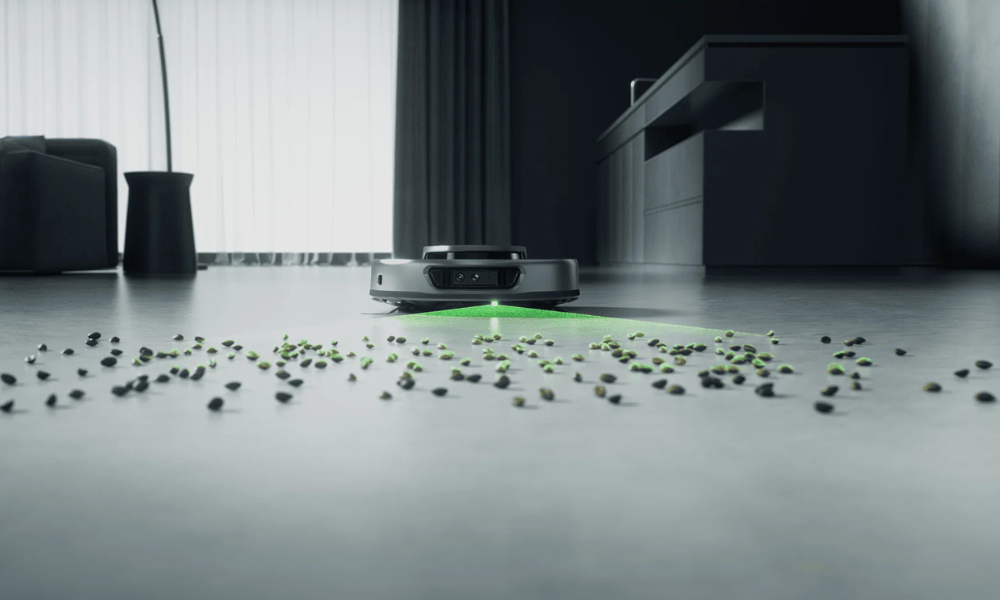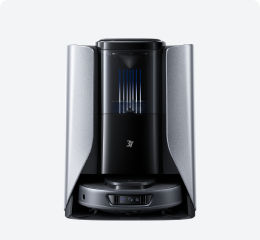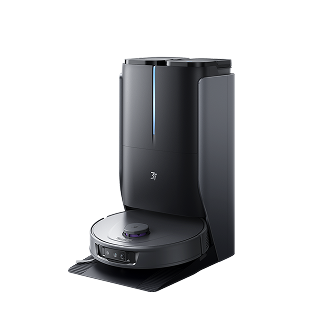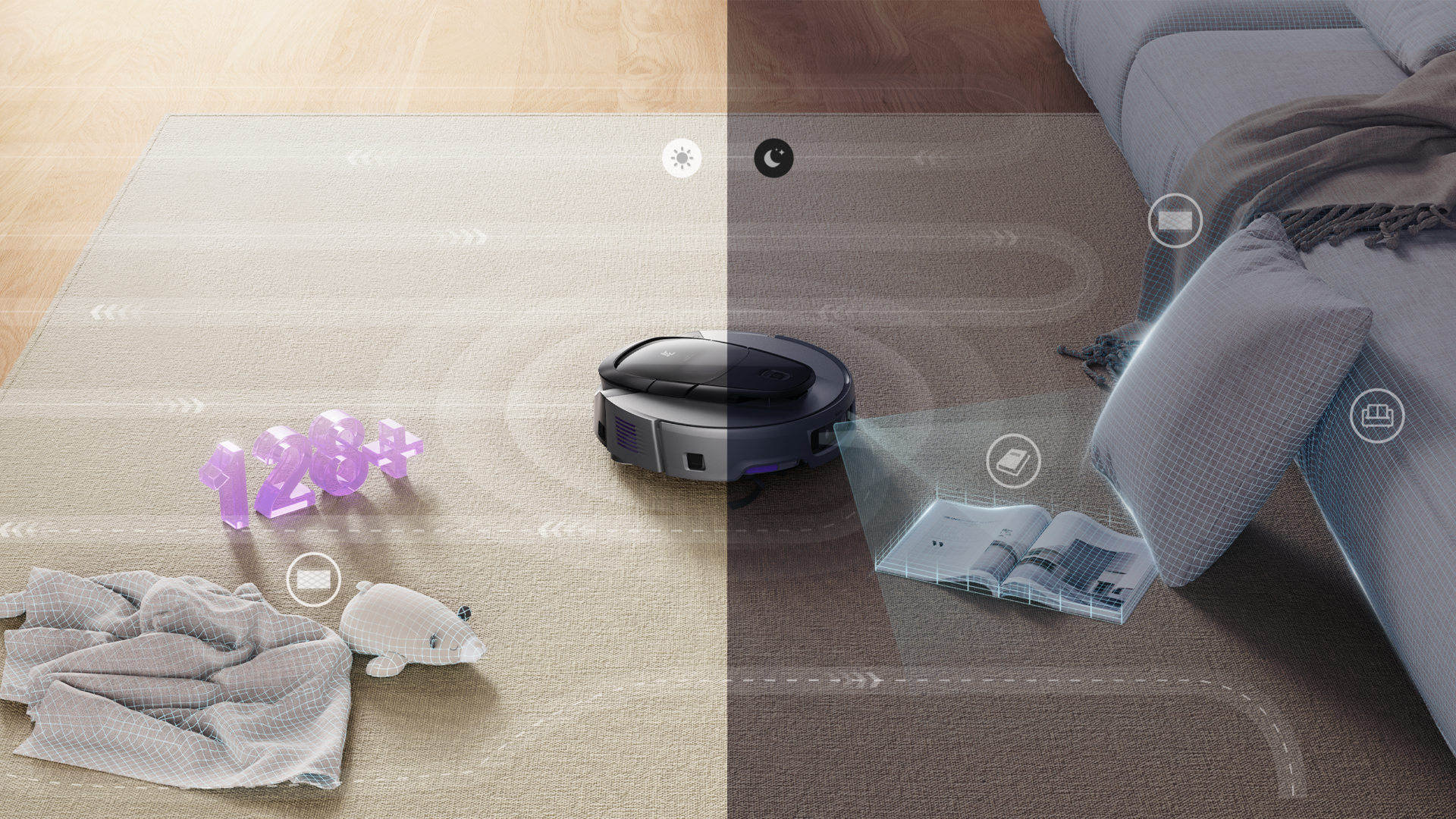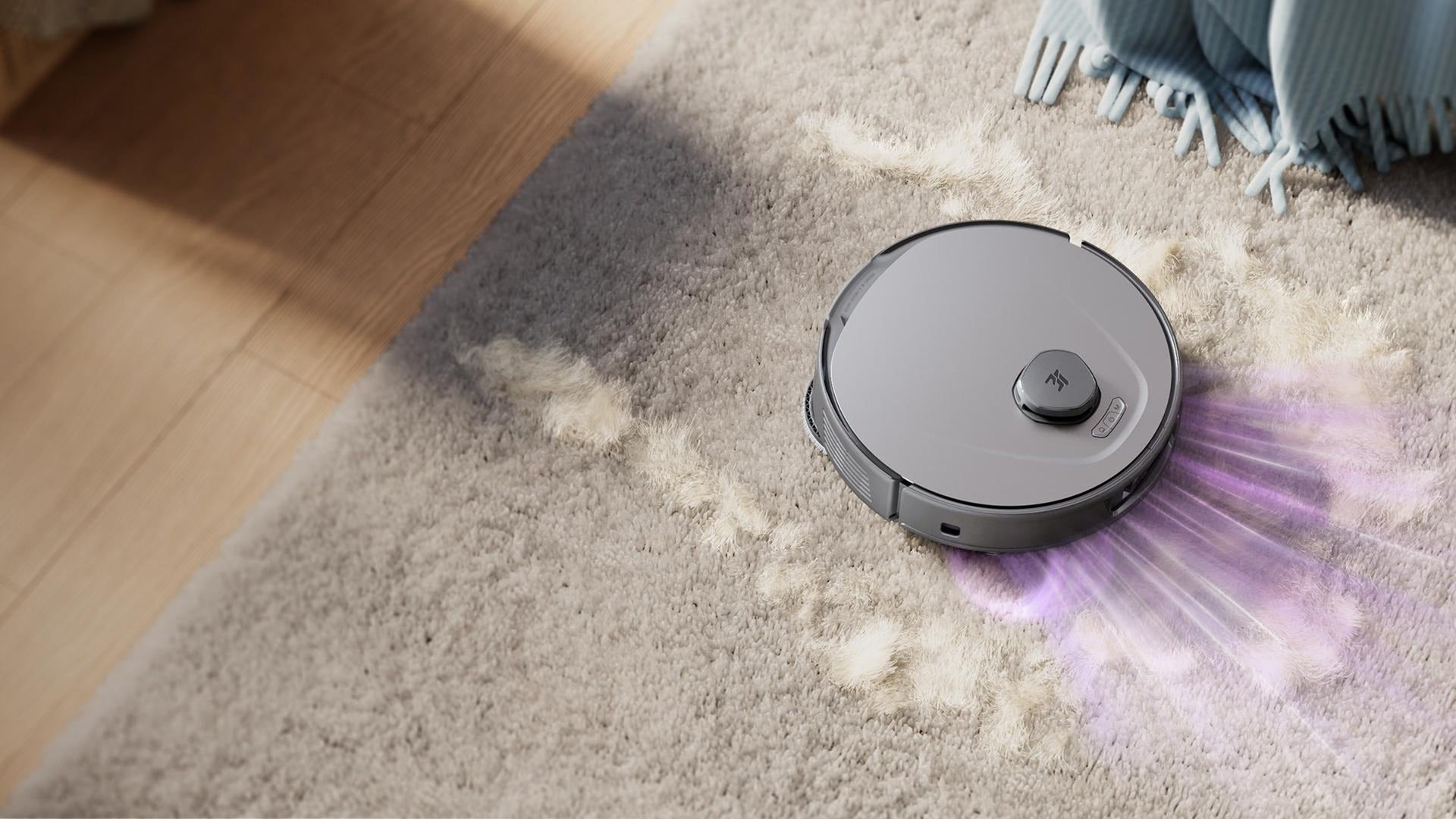Vacuum cleaners have become an important tool for more and more families to keep their home environment clean and healthy. However, like all electrical appliances, they occasionally have problems and cannot function as we expect. Fortunately, some common problems can be easily solved with some simple methods. We will introduce several of the most common problems of vacuum cleaners and provide practical solutions to make your vacuum cleaner run like new again.

What Are the Most Common Vacuum Cleaner Problems?
Before you can fix a sweeping robot, it’s important to understand the issues that may arise. Here are some of the problems you may encounter while using it:
1. Loss of Suction Power
A clogged filter may cause loss of suction, prevent the garbage can from emptying when it is full, or clog the hose or brush its head with debris, hair, etc. A clogged filter restricts the airflow, resulting in a loss of suction power in the vacuum cleaner. In addition, worn or damaged parts may cause loss of suction.
Solution: First, check the dustbin. If it is full, empty it immediately. Second, clean or replace the filter. Check the hose and brush head for blockages or entangled debris. If the above methods have not worked, check the vacuum belt for damage or wear. If there is wear and tear, you can contact a maintenance person or the vacuum cleaner manufacturer for repair in time.
2. Battery Drain or Short Battery Life
Short battery life or fast drain is also one of the common problems with vacuum cleaners. This is usually due to overuse, improper charging, or battery failure, and letting your vacuum cleaner overcharge during use or letting the battery drain completely can shorten its life.
Solution: First, charge the vacuum cleaner according to the vacuum cleaner manufacturer's instructions. To ensure that the battery performs at its best, it is best to use the vacuum cleaner fully charged the first time you use it.. If the battery drains too quickly, try letting the battery get a full charge before you go back to using it. If the problem persists, you may need to replace the vacuum cleaner battery.

3. Malfunction of a Switch
If your vacuum cleaner won't turn on or suddenly stops working, it may be because of a faulty switch. The power switch may fail over time due to frequent use of the vacuum cleaner, exposure to dust or dirt, or mechanical failure.
Solution: First, check the power switch. Sometimes, dust or debris may clog around the switch, so gently cleaning the switch will restore functionality. If the switch still does not work after cleaning, it may need to be replaced. If it is an electrical fault, we recommend consulting a professional repair service.
4. Noisy Operation
Most quiet robot vacuums are designed to be quiet, and most of the vacuums you can buy today are quiet robot vacuums. If your vacuum cleaner is making an unusually loud noise while it's working, it could be due to a clogged hose, a dirty filter, or a faulty motor. Loose parts or worn-out brush rolls could also cause the unusually loud sound.
Solution: Inspect the vacuum for any blockages or debris that may be causing noise. Clean the filter, check the brush roll for tangles, and ensure that all parts are securely attached. If the noise persists, it could indicate a motor problem, and you may need to have it serviced.
5. Vacuum Overheating
If a vacuum cleaner overheats while in use, it may stop working altogether, which can also cause long-term damage to its internal components. Overheating is usually caused by an obstruction in the airflow, such as a clogged filter or hose. It can also be caused by overworking the motor.
Solution: Turn off the vacuum cleaner and let it cool down. Check for clogged filters and hoses and clean them out. Empty the dust collection box and clean the filter regularly to keep air moving. If it keeps overheating, there might be a problem with the motor or the internal components, and you might need to call for professional help.
How to Maintain Your Vacuum to Prevent Future Problems?
Preventing issues before they arise is key to extending the life of your vacuum cleaner and keeping it in optimal condition. Here are some maintenance tips:
Empty the dust container often.
If the dust container is too full, it will reduce the suction power. Make it a habit to empty the dust container after each cleaning.
You need to clean or replace the filter.
If your vacuum cleaner's filter is clogged, it will not work as well. Vacuum cleaners should usually have their filters cleaned every one to two months, or more frequently if you use them more often. Refer to the cleaning instructions for the different products for more information. If the filter is damaged, it should be replaced.
Check the hose and brushes.
Check the brushes for tangled hair and other debris regularly. Also, clear blockages in the hose to make sure there is enough airflow.
Store the vacuum cleaner properly.
Store the vacuum cleaner in a cool, dry place to prevent damage to the battery or internal components.
Make sure you're using the right settings.
If your vacuum cleaner has adjustable settings, use the right ones for the type of floor you are cleaning. Using the wrong settings can cause the vacuum cleaner to wear out.
When to Call a Professional?
While many vacuum cleaner problems can be easily solved at home, some require professional help. When one of the following occurs, it's time for you to consult a professional for inspection and repair:
Persistent loss of suction: If you've checked all the common causes and the suction still isn't up to par, then it may be time to have a professional check the motor or internal parts.
Unusual noises: If your vacuum cleaner is making loud or strange noises that you can't fix by cleaning it, then this could be a sign of motor or mechanical failure.
Overheating Problems: If your vacuum cleaner continues to overheat despite regular maintenance, there may be a problem with the motor or internal parts.
Battery Problems: If your vacuum cleaner's battery won't continue to charge, it may need to be replaced, and if you can't be able to replace the battery yourself at home, then you can call in professional help.
You can contact a professional appliance repair person, or if your vacuum cleaner is still under warranty, you can contact the vacuum cleaner manufacturer for repairs or vacuum cleaner accessories, and parts. For example, if you purchase a sweeper from 3I, 3I provides you with a one-year warranty, during which time the sweeper can be repaired by contacting customer service if it breaks down.
Conclusion
Vacuum cleaners are important for keeping your home clean. They can develop problems over time, but understanding the root causes of common problems and knowing how to fix them can save you money and time. Regular maintenance, such as cleaning filters, checking hoses, and emptying garbage cans, can prevent problems. If the problem continues, contact a professional right away. If you take care of your vacuum cleaner, it will be a useful tool for keeping your home clean.
Related reading:



